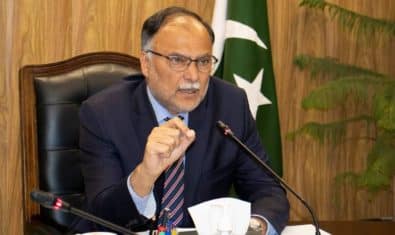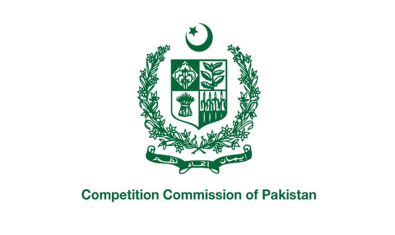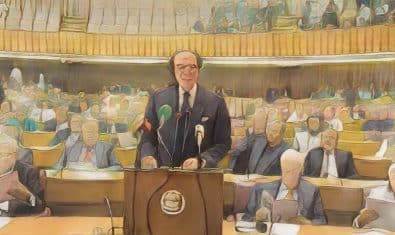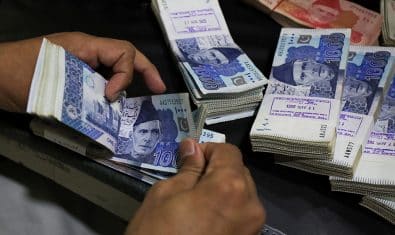Pakistan has reached a cumulative capacity of 148 MW through net-metering connectivity provided by electricity distribution companies to connect solar-based power producers to the national grid.
A section of industrial, commercial, and residential users has made investments to set up solar power plants. The purpose of adapting to this new facility is to avoid load-shedding, the generation of cheap electricity, and making extra revenues to sell excess electricity to local electricity distribution companies.
In this regard, the government rolled out a policy in 2015, which can connect the solar power plants to the national grids through a system of net-metering installations.
ALSO READ
The Reason Why PM Imran Has Announced to End Coal Powered Plants in Pakistan
According to the National Electric Power Regulatory Authority (NEPRA), over 7,671 net-metering licenses were issued by the distribution companies (DISCO) across the country. LESCO is the leading DISCO, which has provided licenses to 2,414 companies. It is followed by IESCO and K-Electric, with 2,118 and 1,379 licenses, respectively. This altogether constitutes over 70 percent share of the net-metering licenses, of a total of 7,671 licenses.
A study conducted and published by the Institute of Policy Studies (IPS), titled ‘Barriers and Drivers of Solar Prosumage: A Case-Study of Pakistan’ states that as of November 2020, net-metering installations in Pakistan have reached a cumulative capacity of 148MW, which contrasts very poorly in comparison with other peer regional countries such as India, where a distributed generation has exceeded 5GW of installed capacity.
Overall, the challenges at the inter-connection phase were identified as the dominant challenge to PV (photovoltaic system) development, which included time-lapse in acquiring the three-phase metering equipment at the initial stage, absence of online facility for applications, unavailability of bi-directional meters, and unnecessary delay in the processing of the applications at every stage.
ALSO READ
K-Electric to Invest $1.5 Billion in Distribution Network
The cumbersome procedure makes it quite challenging to get a generation license.
Further, since DISCOs are playing the primary intermediary in this entire process, playing the role of coordinator between distributed resources, they continue to be reluctant towards distributed generation growth, owing to the administrative burden of processing applications, perceived fears of revenue losses, and integration challenges, etc.
Although they are obliged by law to implement the net-metering regulations. However, currently, no accountability mechanism exists, which could bind them to do the same.
The report also observes a skewed concentration of distributed generation in resourceful sections of society. This skewed concentration is indicated to be rooted in the ‘high cost of solar PV installation’, and the interlinked challenge of ‘difficulty in access to borrowing’ for financing the solar PV system.
While the State Bank of Pakistan (SBP) has introduced a scheme for supporting rooftop solar, its limited adoption by commercial banks continues to restrict borrowing for these installations. In parallel, the absence of Fee of Service Models, such as third-party investors, again contributes to the slow diffusion of solar PV among the larger sections of the society.
In the context of these challenges, the study emphasizes specific reform measures that could address the identified challenges. In the short term, the registration process needs an urgent overhaul. It needs to be simplified and made more user-friendly.
ALSO READ
NEPRA Questions CCPA on Higher Tariff and Pending Electricity Connections
An online application portal should be introduced at all DISCOs on a priority basis. The applicants should be able to track the progress of their applications on the portal.
The portal should also have a complaint window, which should be overseen by a third party for unbiased handling and resolution. This oversight authority should also be responsible for ensuring timely issuance of licenses to the applicants and taking note of any issues arising during the entire process.
Further, the study also lays strong emphasis on the need to overcome the passive opposition from DISCOs and replace it with appropriate regulations vis-à-vis incentives alongside orientation and training in favor of distributed generation growth.
Also, since diffusion of solar PV in Pakistan is mostly held back by the absence of supportive financial policies, due to which people continue to rely on alternative backup energy systems, which comparatively have a low upfront cost and are affordable for the larger section of society. The study advocates strong regulations that could leverage diffusion of ‘SBP Financing Scheme for Renewable Energy’ across the commercial banks and resolves the difficulties in accessing the finance by designing common man-friendly standard procedures.
ALSO READ
British Companies Interested in Investing in Pakistan’s Energy Sector
The study also advocates for regulations and focused interventions for facilitating private sector engagement in rooftop solar PV. According to the report, the existing rate design/remuneration scheme under the net-metering regulations comes with system caps. This means that in the majority of DISCOs, consumers are not allowed to install solar PV system sizes greater than 1.5 times of their sanctioned load.
The study suggests new regulations that complement self-generation and encourage small-scale consumers to avail the facility for off-setting grid consumption.
In this context, a different tariff design needs to be introduced for large-scale investors, which in the case of most countries remain Feed-in Tariff. The export rate for this new tariff design could be either pegged to the retail tariff rate or below the retail tariff, to equally incentivize DISCOs and accommodate for grid use charges.
A dual tariff regime under net-metering regulation, i.e., retaining the existing net billing scheme for prosumers while designing a new tariff arrangement for investors selling all electricity to be exported to the grid, would on its own drive rooftop solar developers in the country.
Therefore, a combination of designed tariffs schemes will simultaneously promote prosumage and advance private sector engagement in the on-site generation and overtime introduction of Fee of Service models.
ALSO READ
Technology Transfer Imperative to Promote Renewable Energy in Pakistan: Experts
Finally, low-tech solutions for grid integration are emphasized for managing the system behind the meter, which could improve the visibility of distributed generation, helping DISCOs in actually knowing what is going on behind the meter.
This could be done by building and maintaining DISCO-wise registries on net-metering installations—which will aid real-time communication on load profiles and thus more stabilized integration.
Modern inverters and other technological solutions can provide ancillary services to stabilize the distribution grid (voltage control) as well. These regulations should also be set in national or regional grid codes by utilities or grid operators.

Follow ProPakistani on Google News & scroll through your favourite content faster!
Support independent journalism
If you want to join us in our mission to share independent, global journalism to the world, we’d love to have you on our side. If you can, please support us on a monthly basis. It takes less than a minute to set up, and you can rest assured that you’re making a big impact every single month in support of open, independent journalism. Thank you.

























